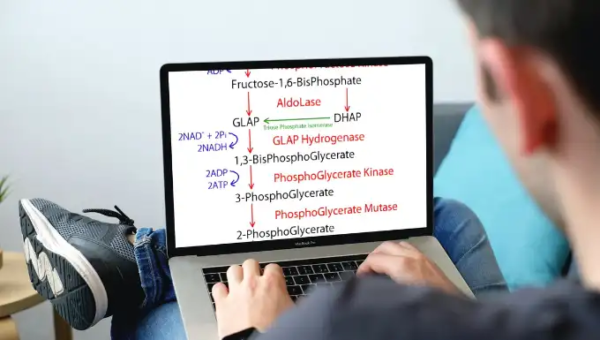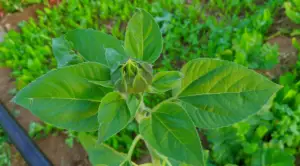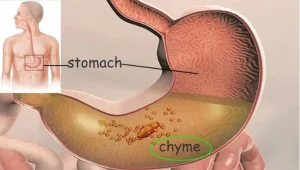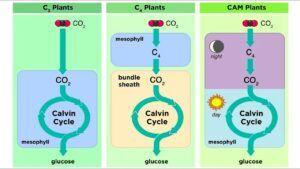Glycolysis: The 10 Step Process of Glucose Metabolism
Glycolysis is a vital metabolic pathway present in nearly all living organisms that involves the breakdown of glucose to generate energy as ATP. This ancient evolutionarily conserved process forms the foundation for both aerobic and anaerobic respiration and serves as … Read more





